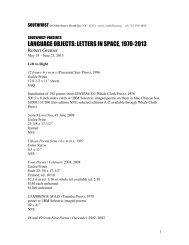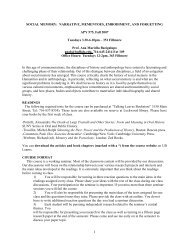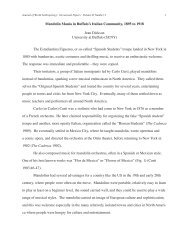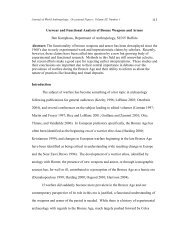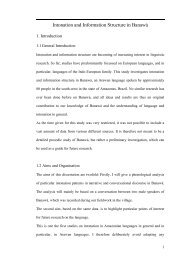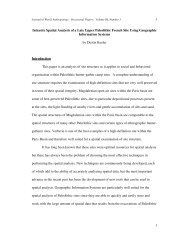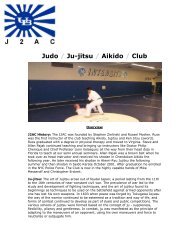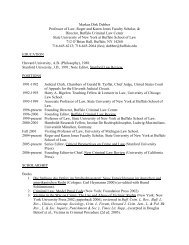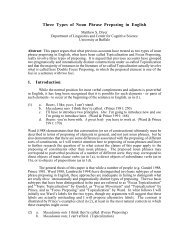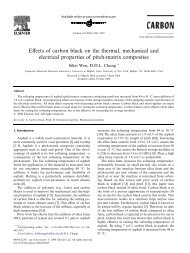Electrophysiological Evidence for Sentence Comprehension - Wings
Electrophysiological Evidence for Sentence Comprehension - Wings
Electrophysiological Evidence for Sentence Comprehension - Wings
Create successful ePaper yourself
Turn your PDF publications into a flip-book with our unique Google optimized e-Paper software.
The two experiments per<strong>for</strong>med on a group of children with TLD and children with SLI<br />
are hardly sufficient to make new discoveries about the nature of SLI. The absence of<br />
LAN in the TLD group and a right hemisphere negative deflection with a shift in latency<br />
are consistent with the Bishop’s (2000) view on ‘how brain learns language’. According<br />
to this view, language development does not consist only of growth, but also on the<br />
refinement and reorganization processes. She uses a bush as a metaphor: its cultivation in<br />
a garden does not consist only of watering, but also of trimming. The bush metaphor is<br />
even more convincing when compared with the anatomical facts about brain development<br />
in infancy and childhood, in particular with the observed decrease in the number of<br />
synapses, a decrease which lasts until the end of puberty (Judaš & Kostović, 1997, Benes,<br />
1999). There<strong>for</strong>e, it can be concluded that between the age of 9 and 11 years process of<br />
language acquisition is not finished and that children process sentences in an inefficient<br />
way due to the differences in brain organization, as suggested by Dorothy Bishop.<br />
Similar arguments were offered in the previous paragraph.<br />
Persistence in the inefficient language processing in the SLI group can be inferred from<br />
the comparison of two results obtained in this study. First, electrophysiological results<br />
show overall lower effects on all experiments, i.e. the difference between conditions are<br />
smaller or even non-existent. This means that the children with SLI failed to recognize<br />
the errors in the stimulus sentences in the violation condition. The difference actually<br />
consisted of a single morpheme (Dative ~ Accusative, Infinitive ~ Participle) and the<br />
morpheme is usually only one phoneme (in fact, only infinitive ending consisted of two<br />
phonemes, -ti). The difference between the experimental conditions was thus, in<br />
153




